Class values: the Ulm School's singular approach to product design
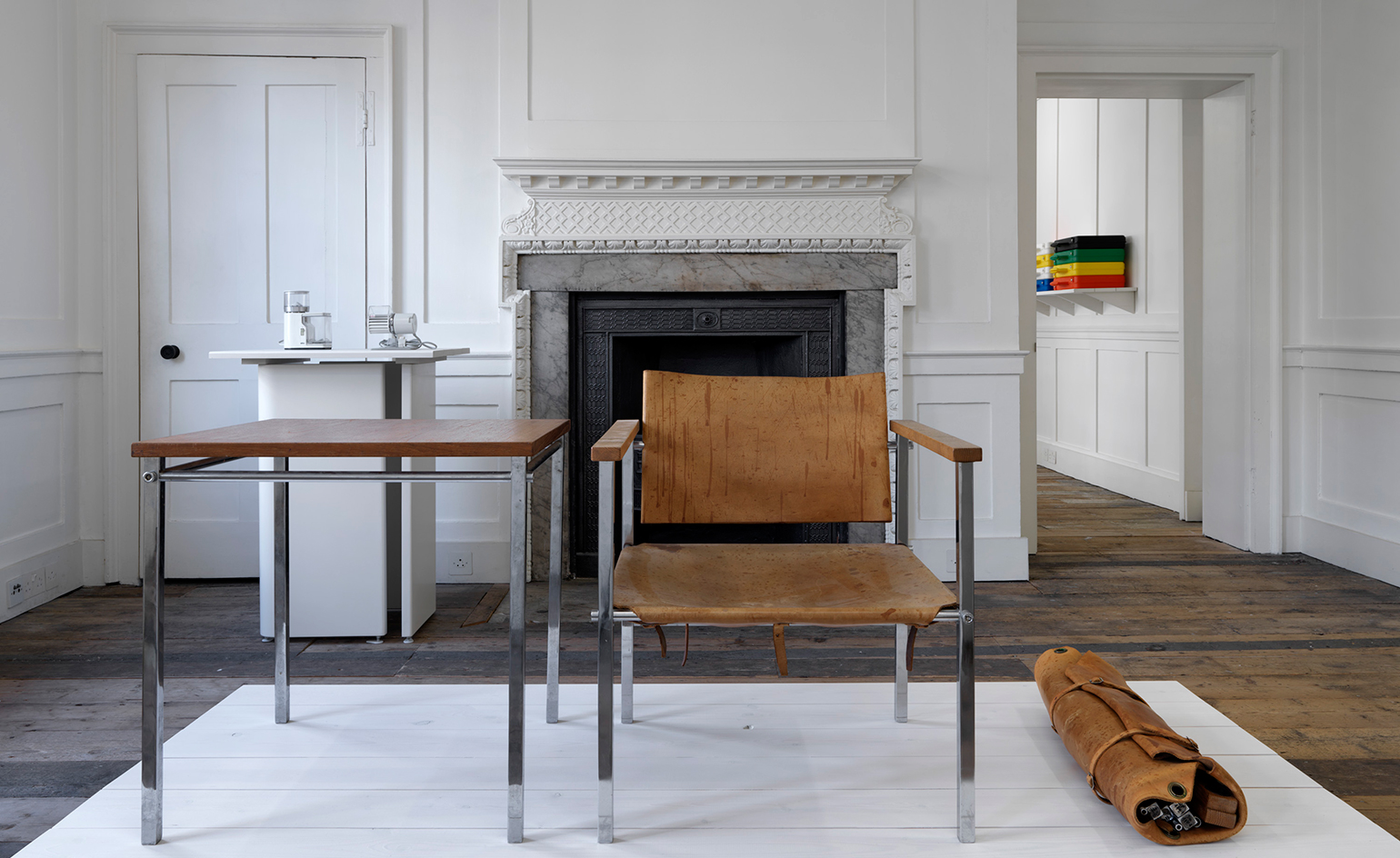
A pioneering approach to product design cultivated in southern Germany 60 years ago is still having an impact today. The goal of Hochschule für Gestaltung Ulm (HfG) – the Ulm School of Design – was to train designers for a new mass culture. 'From the coffee cup to the housing estate,' as Max Bill put it.
Along with his co-founders Inge Scholl and Otl Aicher, Bill – who designed the school building – championed an interdisciplinary and systematic approach to design education. The reputation of the Ulm Model quickly spread, and this way of teaching has since become universal.

Space units used as student accommodation at the Ulm School, designed by Herbert Ohl and Bernd Meurer, 1961.
As the rector Tomás Maldonado said: 'The HfG is not just a school where you are educated in a special subject; the HfG is more like a community whose members share the same intentions: bestowing structure and stability upon the world around us.'
From 1953 to 1968, the school’s progressiveness was so well-respected that its students were commissioned by two of the country’s major businesses. Braun and Lufthansa briefed undergraduates to create radical designs. Some of this modernist output is now on show in London’s Spitalfields at the Raven Row contemporary art gallery, which was itself designed by 6a Architects.
'The Ulm Model' – as the exhibition is also titled – has been designed by London practice David Kohn Architects, and features an eclectic mix of the students’ drawings, models and products including radiographs, weighing machines, traffic lights, petrol cans, bed frames and kitchenware.
Curated by Peter Kapos, lecturer at Camberwell College of Arts and director of Das Programm, a website selling classic Braun products, this is the first, overdue UK showing of the Ulm School’s iconic output.
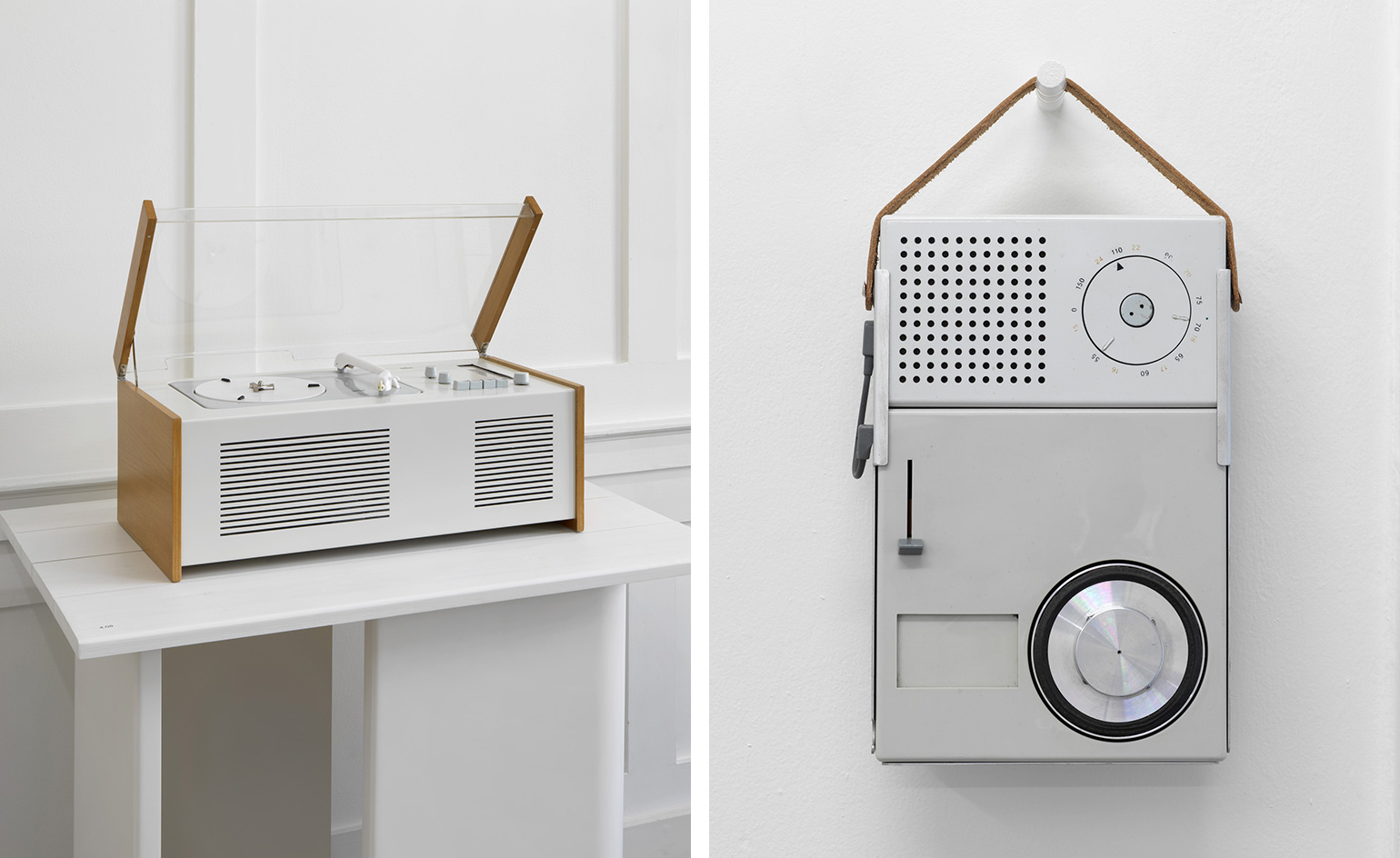
Left: 'SK 4 Phonosuper, combined audio system', by Hans Gugelot, with Otl Aicher, Wilhelm Wagenfeld and Dieter Rams, for Braun, 1956. Right: 'TP 2, portable transistor radio and phonograph', by Dieter Rams, for Braun, 1959. Courtesy Braun P&G/Braun Collection, Kronberg
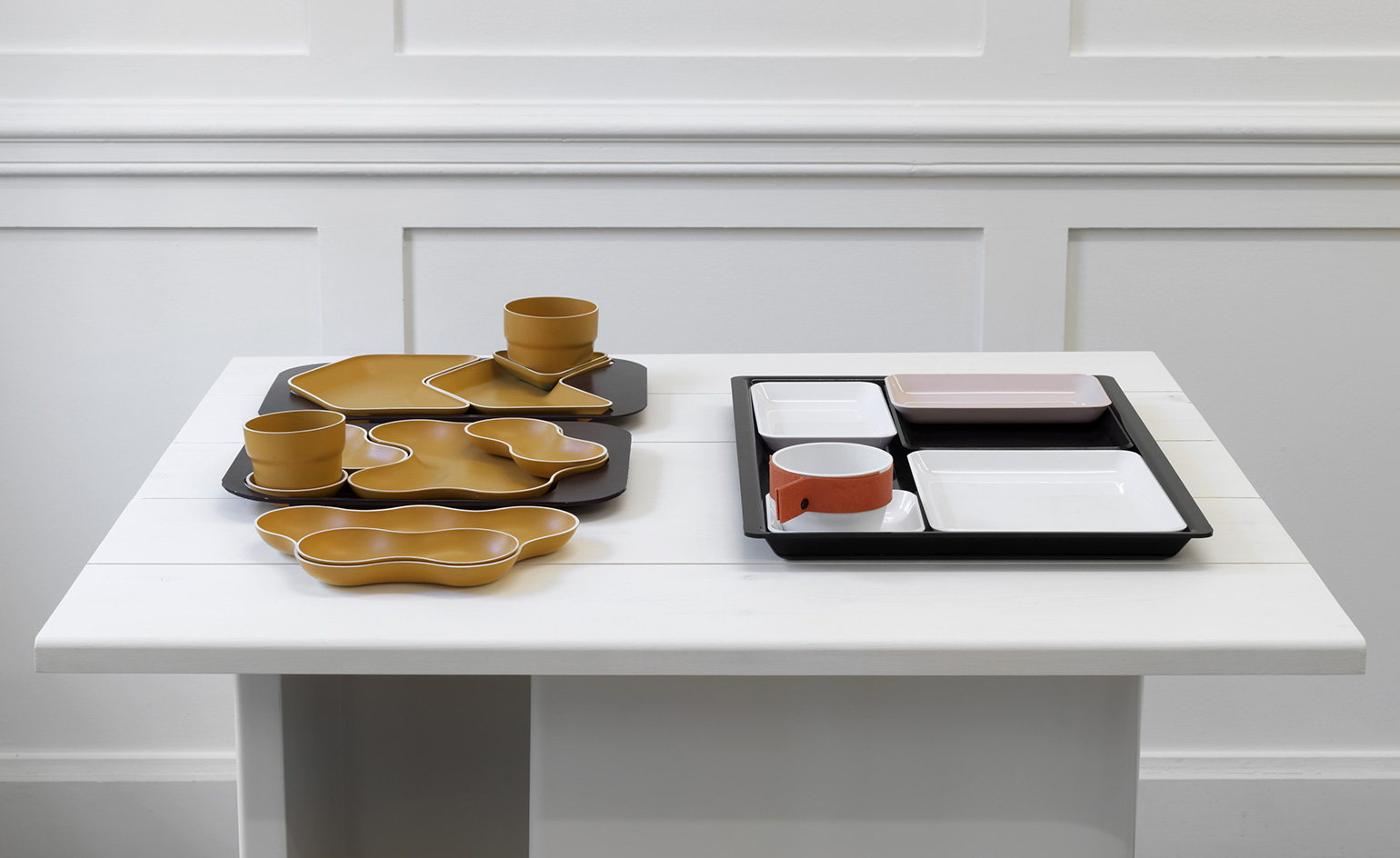
On-board tableware, setting and trays, prototypes, by Hans Roericht, for Lufthansa. Courtesy of HfG-Archiv/Ulmer Museum
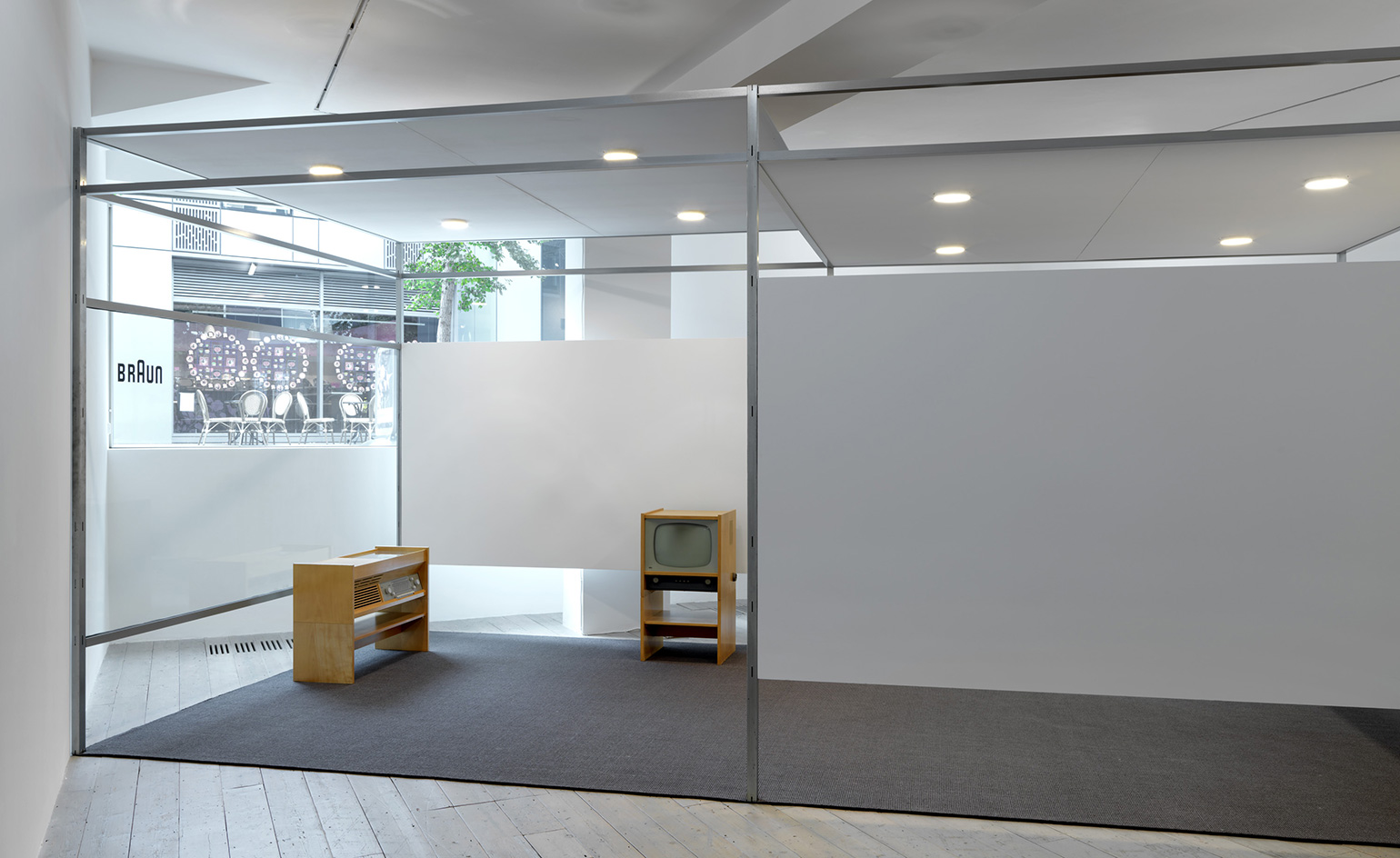
'D 55' flexible exhibition system, by Otl Aicher, assisted by Hans Conrad, for Braud, 1955. Courtesy of HfG-Archiv/Ulmer Museum
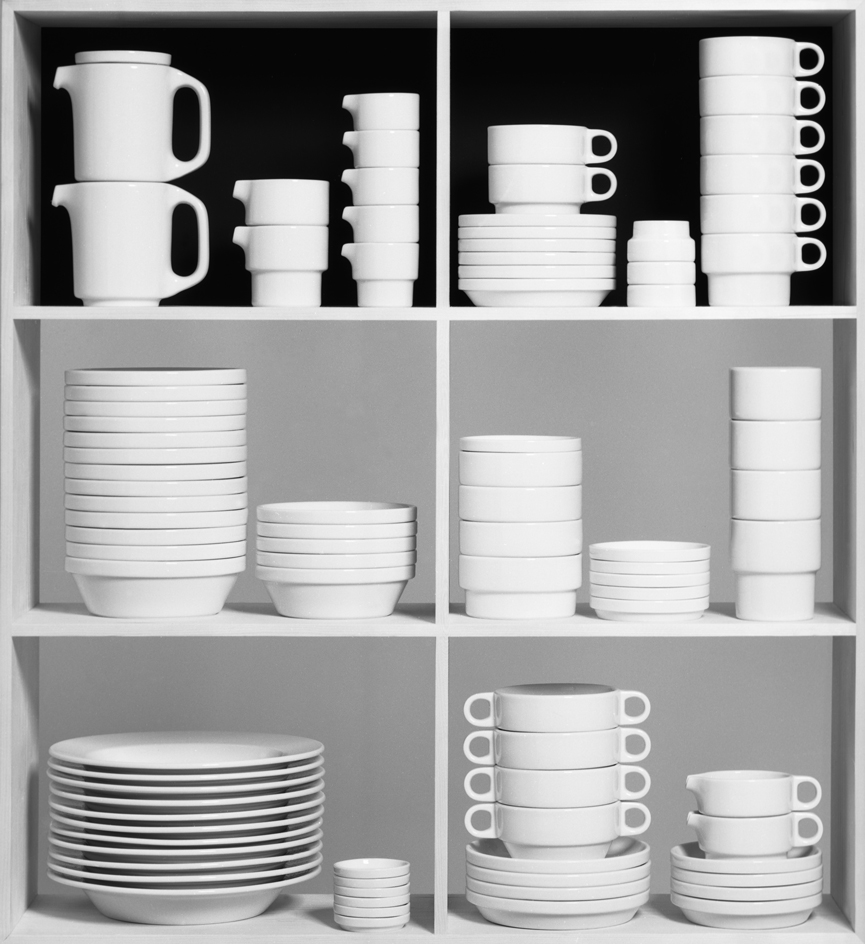
The goal of the school was to train designers for a new mass culture – 'from the coffee cup to the housing estate', as co-founder Max Bill put it
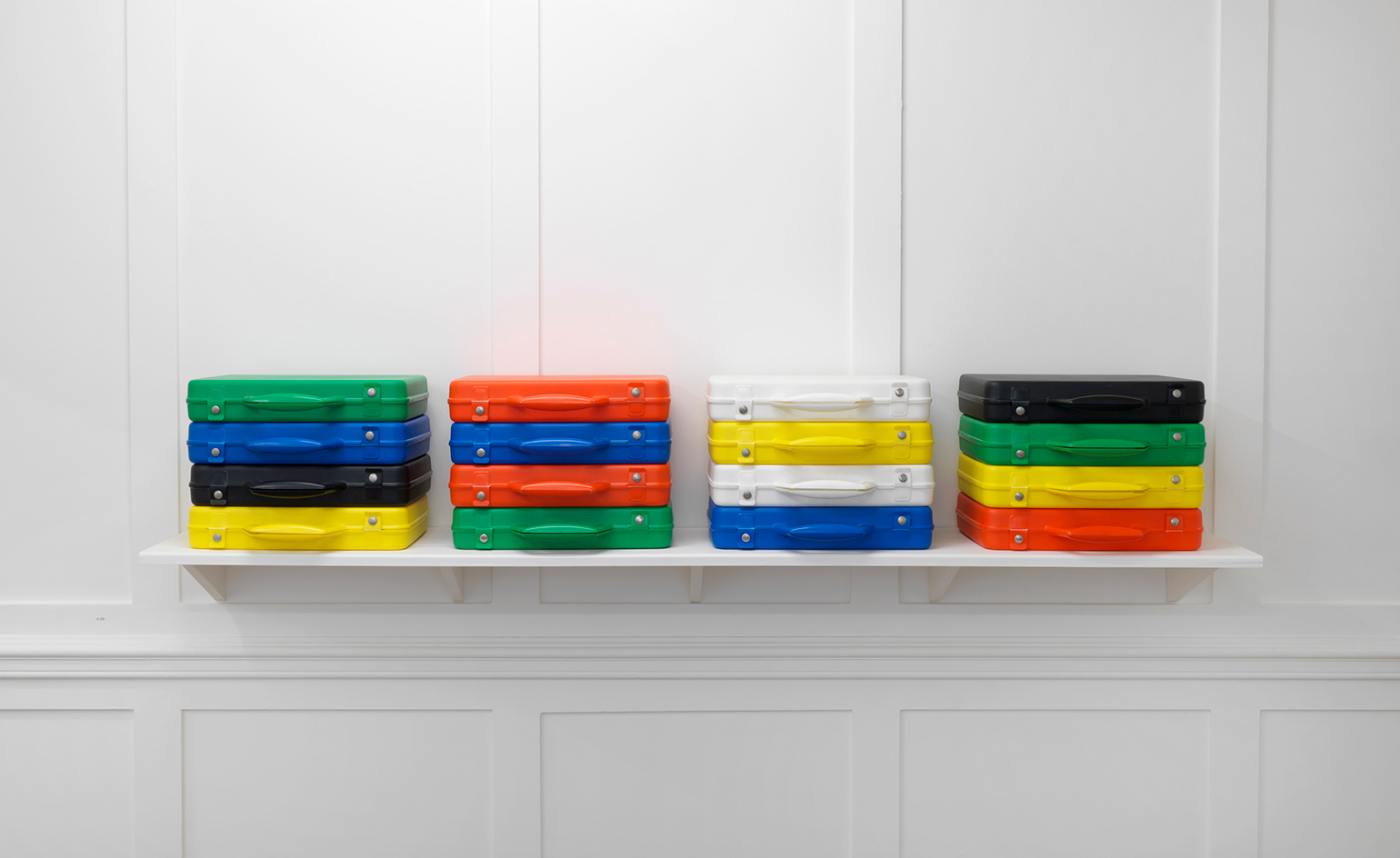
'Plastic shell suitcases', by Dieter Raffler, with Peter Raacke for Hanning, 1965–66. Courtesy of HfG-Archiv/Ulmer Museum
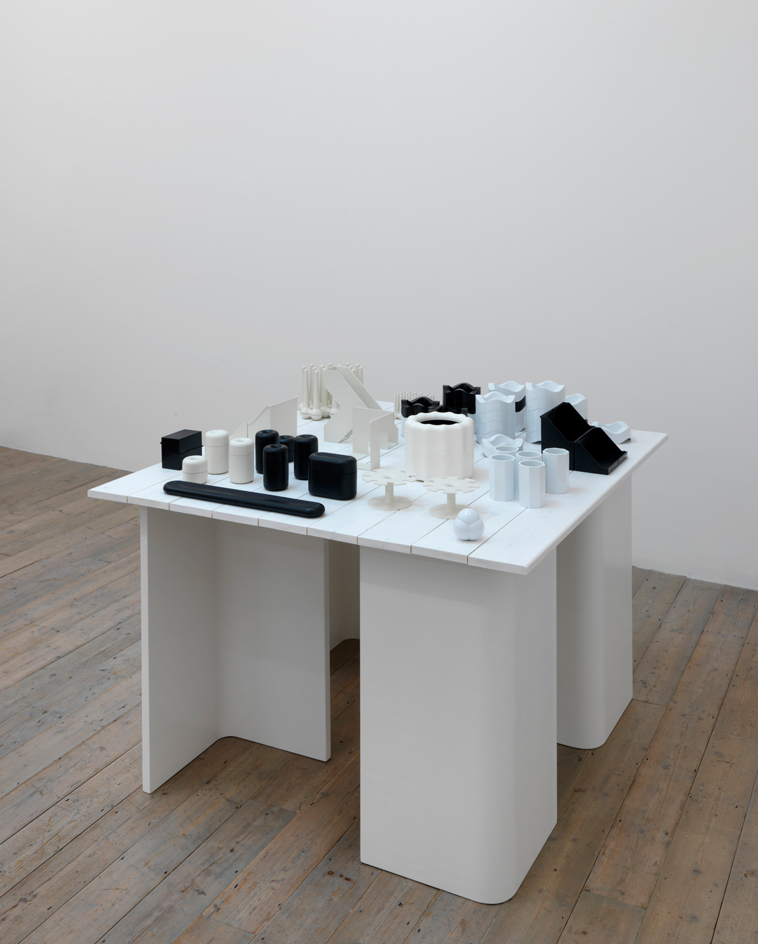
Bookend, card files, desk organising items, letter rack, magazine rack, planters, stackable ashtrays, stamp holders, trays, by Walter Zeischegg, for Helit, 1966–c1970. Courtesy HfG-Archiv/Ulmer Museum
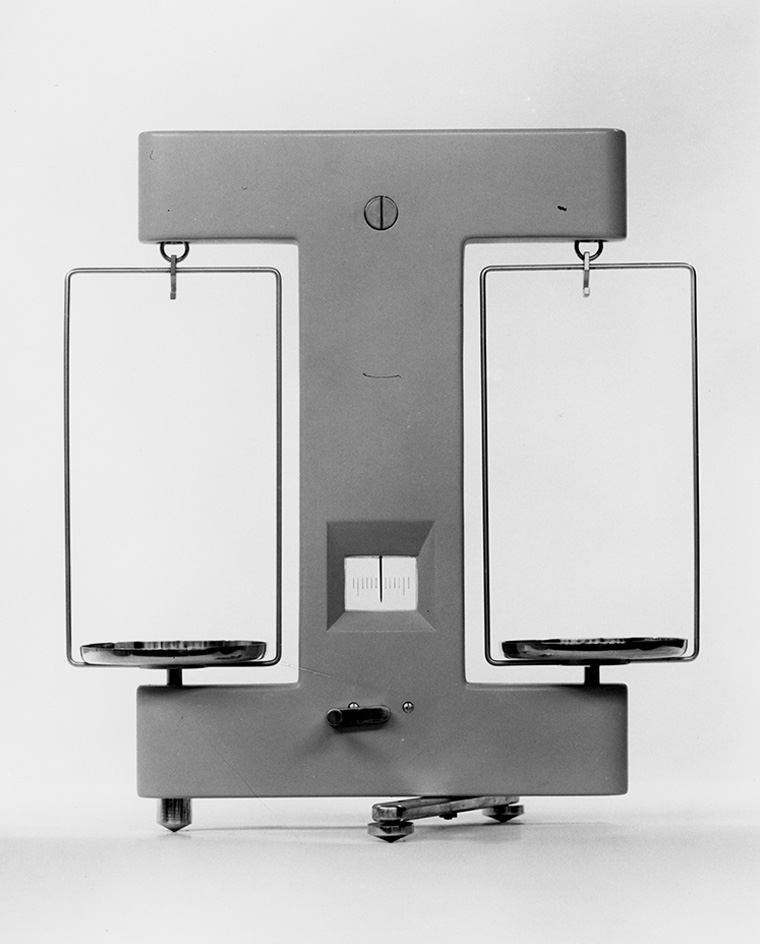
'Precision balance', by Gerda Müller-Krauspe, 1959–60. Courtesy of HfG-Archiv/Ulmer Museum
INFORMATION
’The Ulm Model’ is on view until 18 December. For more information, visit the Raven Row website
ADDRESS
56 Artillery Ln
London E1 7LS
Receive our daily digest of inspiration, escapism and design stories from around the world direct to your inbox.
Clare Dowdy is a London-based freelance design and architecture journalist who has written for titles including Wallpaper*, BBC, Monocle and the Financial Times. She’s the author of ‘Made In London: From Workshops to Factories’ and co-author of ‘Made in Ibiza: A Journey into the Creative Heart of the White Island’.
-
 Curvilinear futurism meets subtropical beaches at Not A Hotel’s ZHA-designed Okinawa retreat
Curvilinear futurism meets subtropical beaches at Not A Hotel’s ZHA-designed Okinawa retreatZaha Hadid Architects has revealed the design for the first property in Not A Hotel’s futuristic new Vertex collection, coming soon to southern Japan
-
 Gorden Wagener leaves the helm of Mercedes-Benz design after 28 years with the company
Gorden Wagener leaves the helm of Mercedes-Benz design after 28 years with the companyThe German designer is stepping down from the role of chief design officer at Mercedes-Benz. We look back at his influence and impact on the world of automotive and luxury design
-
 These Christmas cards sent by 20th-century architects tell their own stories
These Christmas cards sent by 20th-century architects tell their own storiesHandcrafted holiday greetings reveal the personal side of architecture and design legends such as Charles and Ray Eames, Frank Lloyd Wright and Ludwig Mies van der Rohe
-
 Step inside Faye Toogood's intimate cabinet of curiosities at PAD London
Step inside Faye Toogood's intimate cabinet of curiosities at PAD LondonFor PAD London 2025, (until 19 October) Faye Toogood presents The Magpie’s Nest with Friedman Benda
-
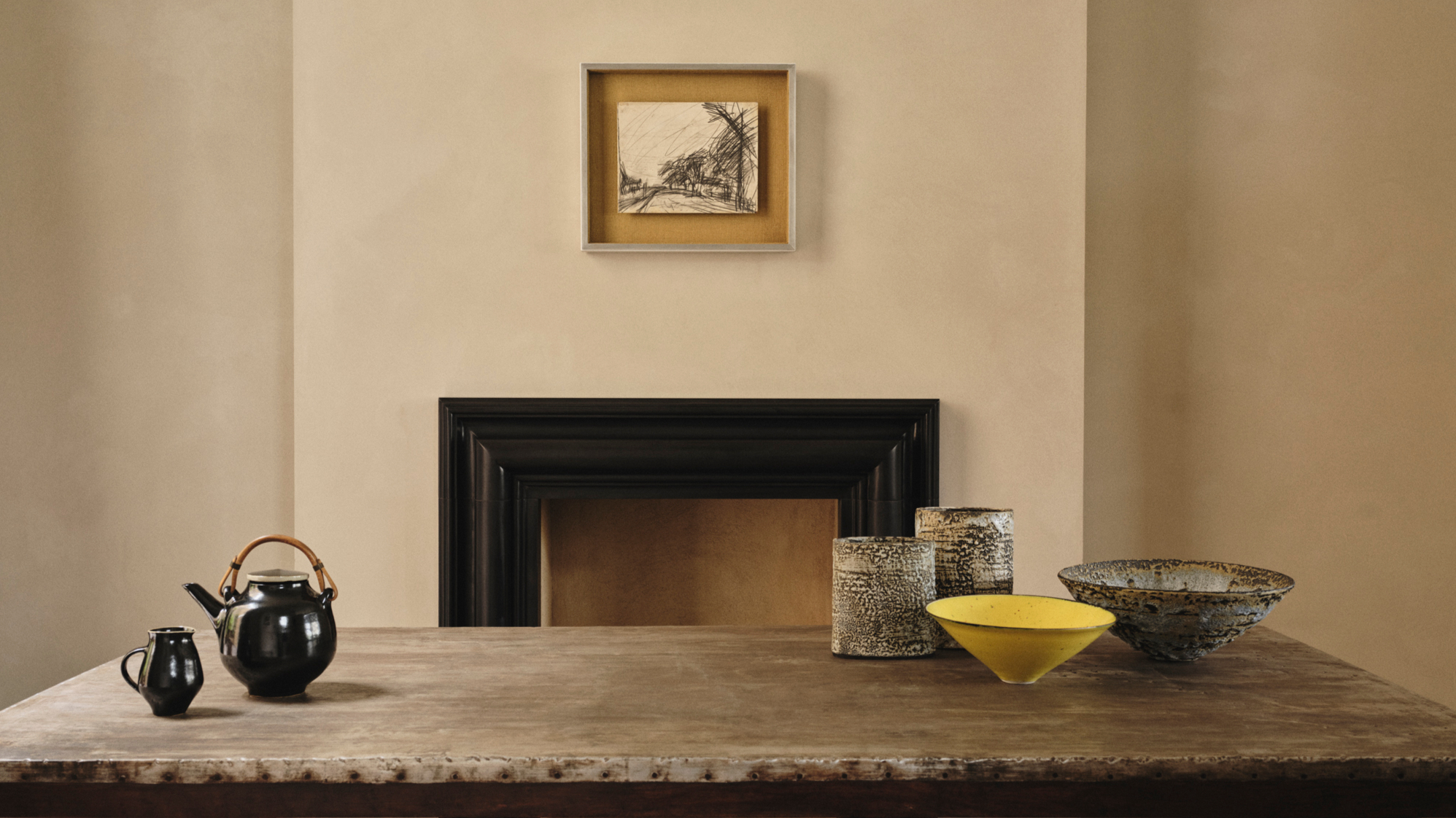 Rajan Bijlani opens his Primrose Hill home for ‘Electric Kiln’
Rajan Bijlani opens his Primrose Hill home for ‘Electric Kiln’In his London home – once the studio of ceramicist Emmanuel Cooper – Rajan Bijlani stages ‘Electric Kiln’, uniting Frank Auerbach, Lucie Rie and Cooper in an intimate reflection on the creative spirit of postwar London
-
 These are the design exhibitions to see in London during Frieze Week
These are the design exhibitions to see in London during Frieze WeekWe round up the best design events happening in London in conjunction with Frieze Week 2025: discover collectible design and craft across the city
-
 Norman Foster and nine other architects design birdhouses for charity – you can bid
Norman Foster and nine other architects design birdhouses for charity – you can bid‘Architects for the Birds’ is spearheaded by Norman Foster and the Tessa Jowell Foundation to raise funds to improve treatment for brain cancer. Ten architect-designed birdhouses will go up for auction
-
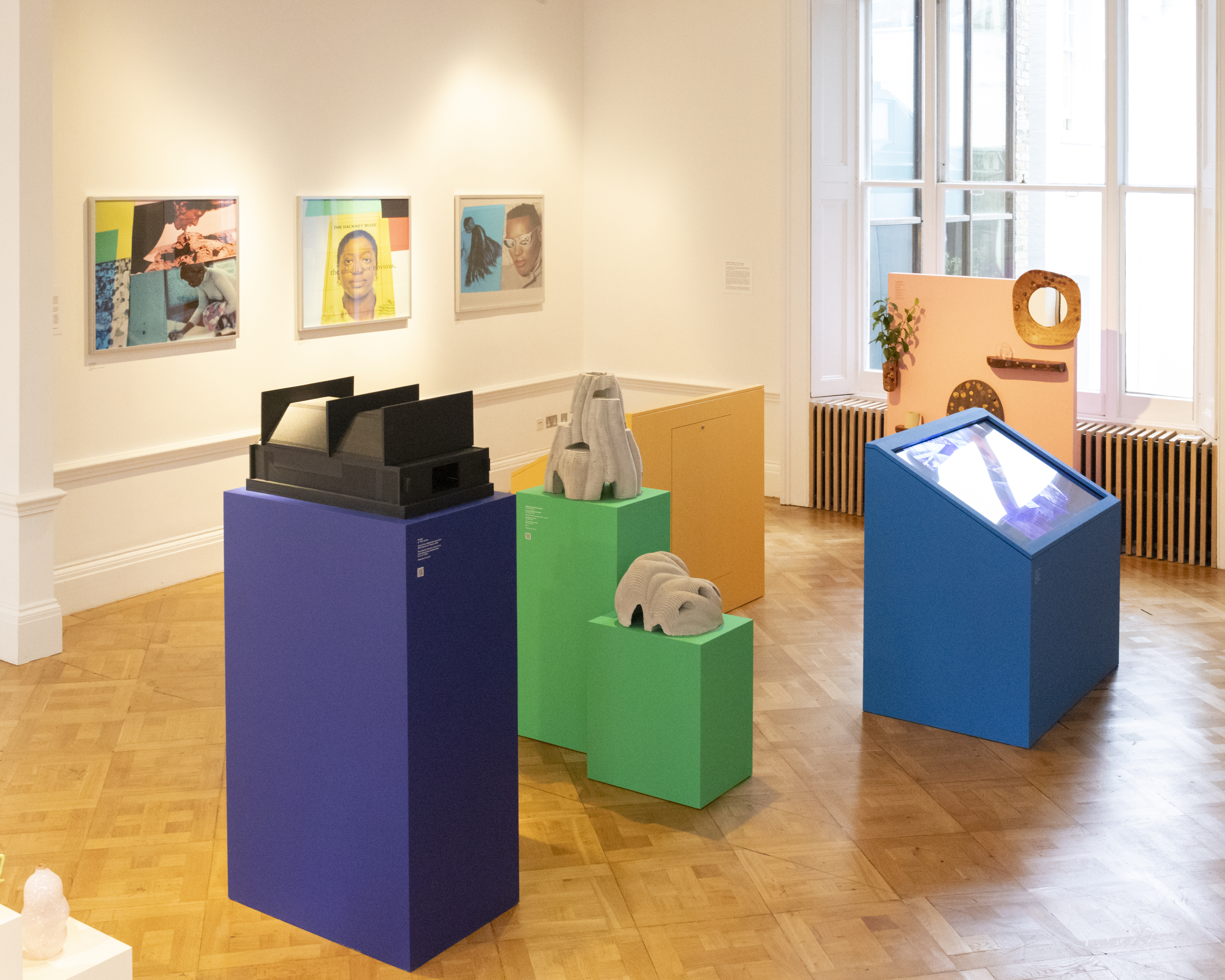 The David Collins Foundation celebrates creativity in all its forms at London Design Festival
The David Collins Foundation celebrates creativity in all its forms at London Design FestivalThe David Collins Foundation presents ‘Convergence’ at the Lavery during London Design Festival 2025 (on view until 19 September), featuring works from the Arts Foundation’s annual Futures Awards
-
 Lee Broom’s brutalist-inspired ‘Beacon’ will light up London as Big Ben strikes the hour
Lee Broom’s brutalist-inspired ‘Beacon’ will light up London as Big Ben strikes the hourSet to pulse through London Design Festival 2025 (13-22 September) and beyond, the British industrial designer’s sculptural light installation on the South Bank draws on its surroundings
-
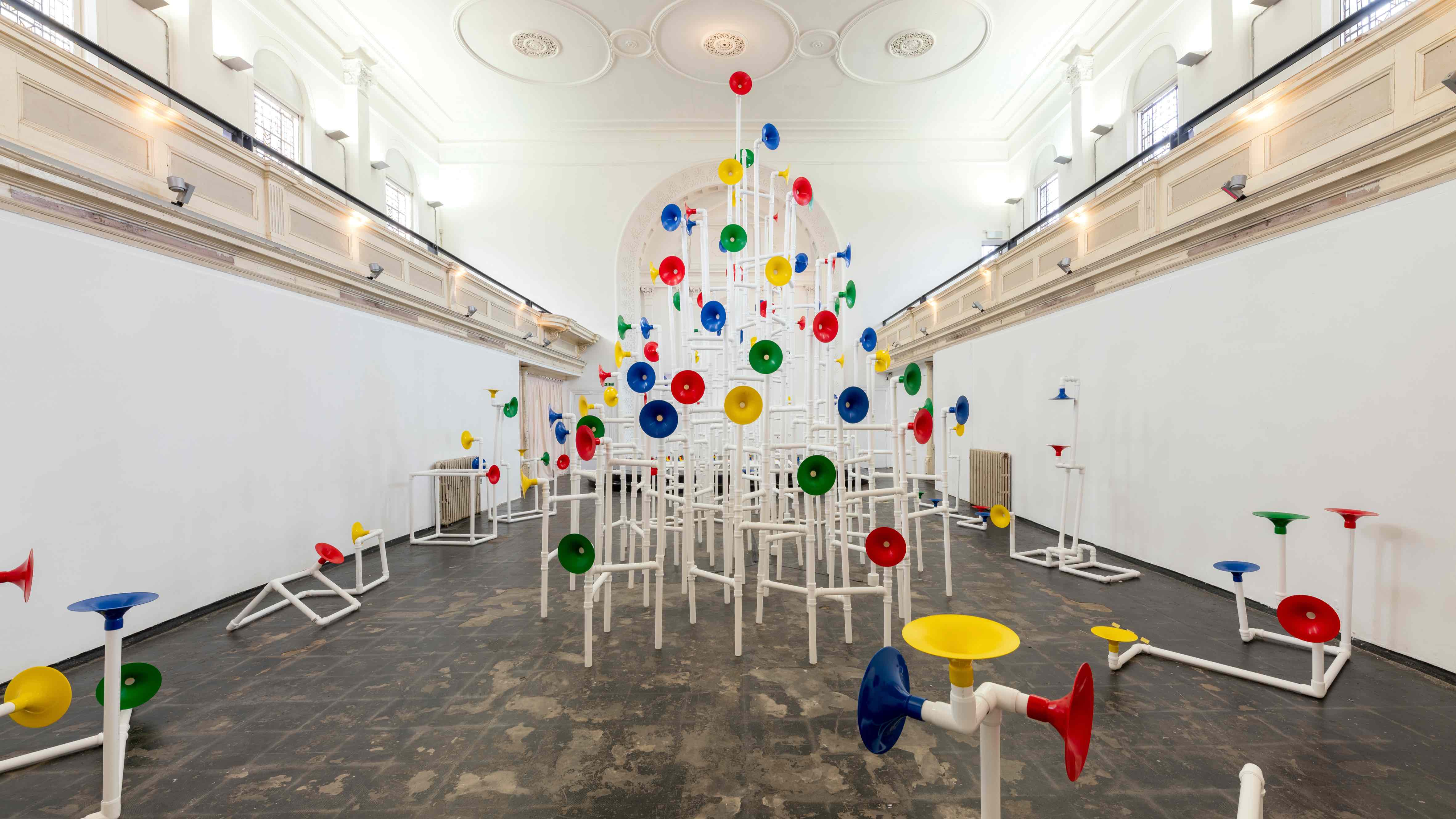 Yuri Suzuki turns sound into architecture at Camden Arts Projects
Yuri Suzuki turns sound into architecture at Camden Arts ProjectsThe sound designer unveils ‘Utooto’, an interactive installation at London’s Camden Arts Projects (until 5 October 2025), in which visitors collaboratively build a sonic piece of architecture
-
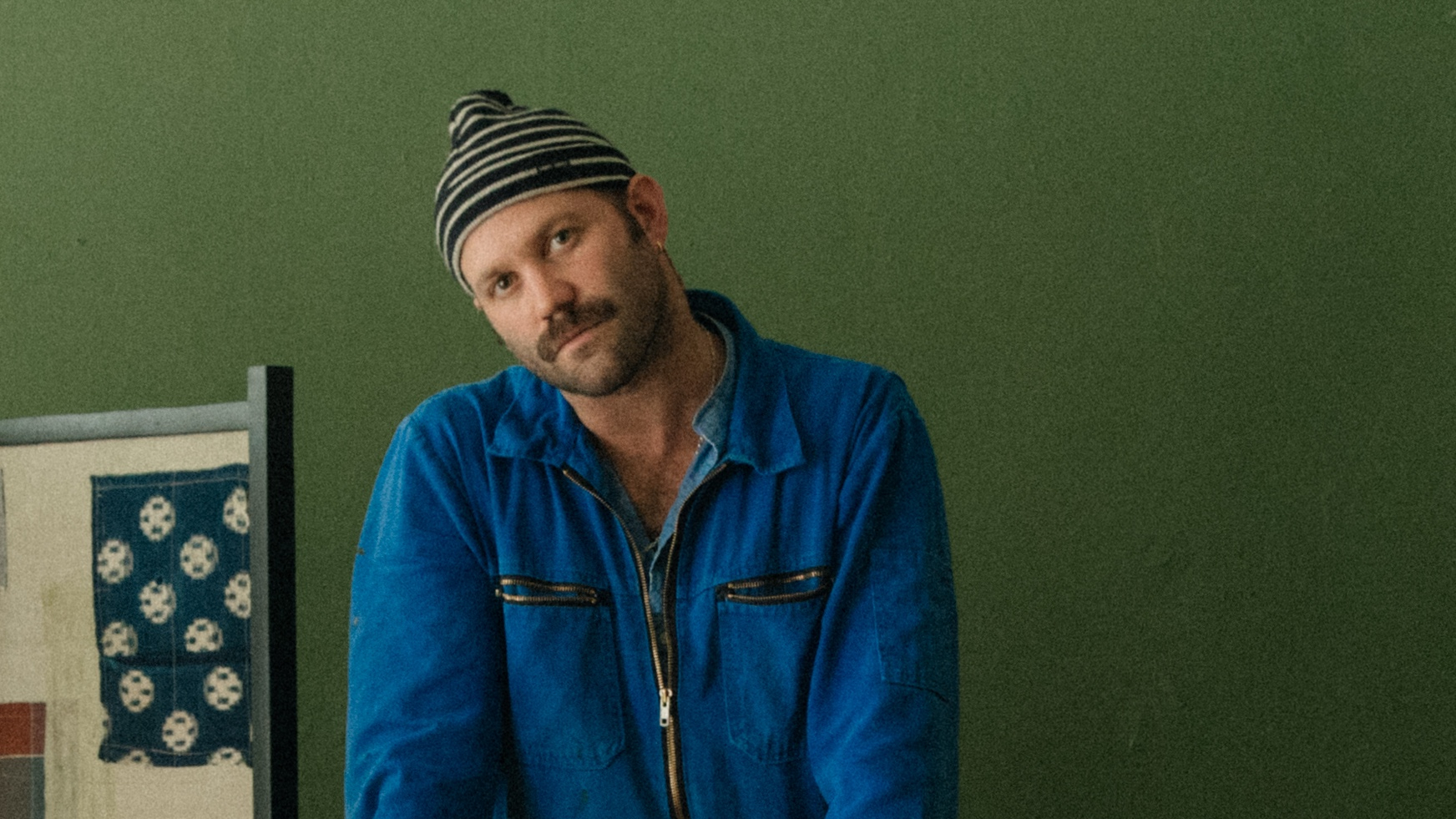 Alex Tieghi-Walker unveils his plans for Brompton Design District 2025
Alex Tieghi-Walker unveils his plans for Brompton Design District 2025Ahead of London Design Festival 2025, we catch up with New York gallerist Alex Tieghi-Walker about his appointment as curator of the Brompton Design District programme